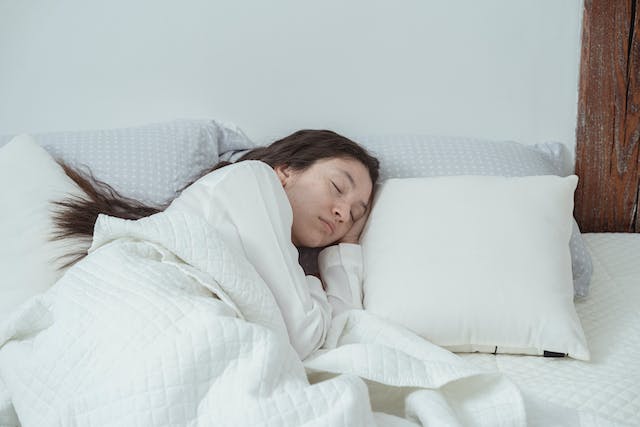Introduction: In a world that values productivity and efficiency, the concept of “sleep hacking” has gained traction as individuals seek ways to optimize their rest for peak performance. Sleep is a fundamental aspect of our well-being, influencing cognitive function, emotional balance, and physical health. This blog explores the emerging trend of sleep hacking, shedding light on techniques and practices that aim to enhance the quality and efficiency of sleep.
Understanding the Basics: Before delving into sleep hacking, it’s crucial to understand the fundamentals of a good night’s sleep. The National Sleep Foundation recommends adults aim for 7-9 hours of sleep per night. Quality sleep involves cycling through different sleep stages, including REM (rapid eye movement) and deep sleep, each playing a unique role in physical and mental restoration.
Sleep Hygiene: The foundation of sleep hacking lies in establishing healthy sleep hygiene habits. This includes creating a conducive sleep environment by keeping the bedroom dark, quiet, and cool. Limiting exposure to screens before bedtime and establishing a consistent sleep schedule helps regulate the body’s internal clock, promoting better sleep quality.
Optimizing Sleep Duration: Sleep hacking involves maximizing the benefits of sleep in the shortest time possible. Various sleep patterns, such as polyphasic and biphasic sleep, have gained attention. Polyphasic sleep involves breaking the traditional monophasic sleep (single block at night) into multiple shorter periods throughout the day. Biphasic sleep includes a longer period of nighttime sleep supplemented by a short nap during the day. While these patterns might not suit everyone, some individuals report increased alertness and productivity.
Chronobiology and Circadian Rhythms: Understanding one’s chronotype, the natural inclination for being more alert and active at certain times of the day, is a key element of sleep hacking. By aligning activities with one’s circadian rhythm, individuals can optimize energy levels and cognitive performance. Tools like light therapy and strategic caffeine consumption can be employed to manipulate circadian rhythms for better wakefulness during specific hours.
Sleep Tracking Technology: Advancements in technology have given rise to a plethora of sleep-tracking devices and apps. These tools monitor sleep patterns, providing insights into sleep duration, stages, and disturbances. Armed with this data, individuals can make informed decisions to enhance their sleep quality. However, it’s essential to balance the benefits of tracking with the potential drawbacks of increased screen time before bedtime.
Nutrition and Sleep: Diet plays a crucial role in sleep quality. Sleep hacking involves paying attention to the timing and composition of meals. Avoiding heavy meals close to bedtime and incorporating sleep-promoting nutrients like magnesium and tryptophan can positively impact sleep. Additionally, staying hydrated and limiting caffeine and alcohol intake, especially in the evening, can contribute to better sleep.
Mindfulness and Relaxation Techniques: Managing stress and promoting relaxation are integral components of sleep hacking. Practices like meditation, deep breathing, and progressive muscle relaxation can help calm the mind and prepare the body for rest. Integrating mindfulness into bedtime routines signals to the body that it’s time to wind down, promoting a smoother transition into sleep.
